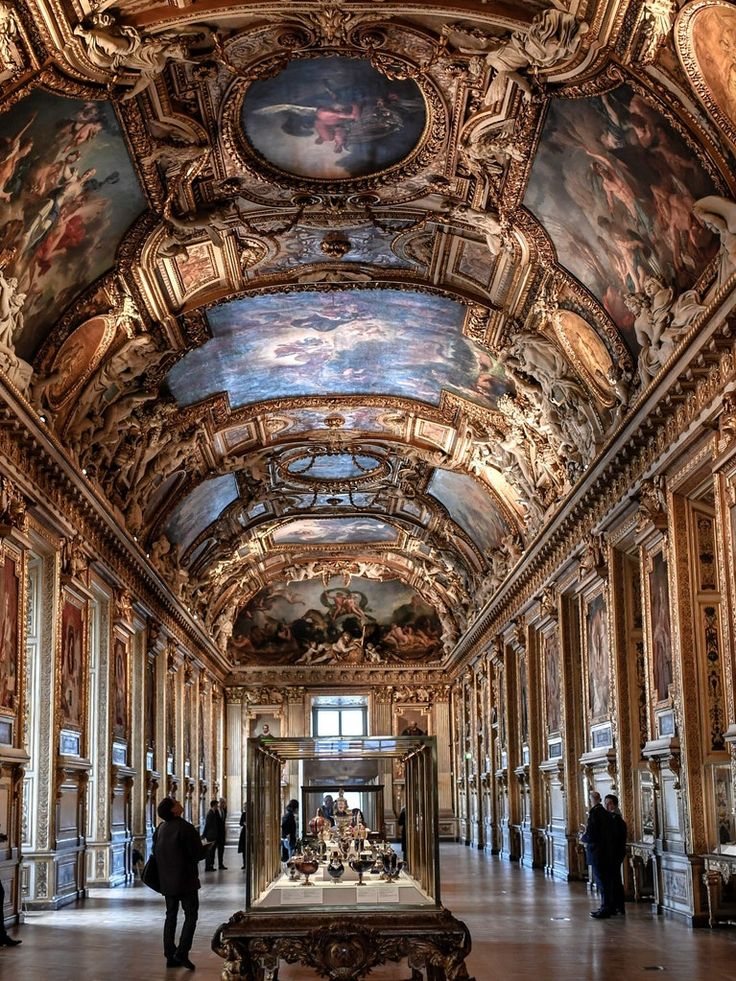The Louvre Museum: A Beacon of Art and History
The Louvre Museum, located in Paris, France, is the world’s most visited art museum and an enduring symbol of culture and history. With its iconic glass pyramid and sprawling galleries, the Louvre offers a journey through time, showcasing humanity’s artistic and historical achievements.
From being a royal palace to becoming a world-renowned museum, the Louvre is a treasure trove of priceless artifacts and masterpieces, attracting millions annually. Let’s delve into its history, significance, and impact on daily life.
A Brief History of the Louvre Museum
- Medieval Beginnings:
The Louvre’s story began in the 12th century as a fortress under King Philippe Auguste to protect Paris from invasion. - Royal Residence:
By the 16th century, the fortress was transformed into a royal palace, housing French monarchs like King Francis I, who initiated its art collection. - The Museum Era:
The Louvre became a public museum in 1793 during the French Revolution, showcasing 537 paintings. Over the centuries, it expanded into the largest art museum globally.
Daily Life Impacts of the Louvre
The Louvre Museum influences various aspects of daily life for visitors, scholars, and locals:
- Education: The museum’s collections provide a hands-on learning experience for art and history enthusiasts.
- Cultural Appreciation: Exposure to diverse cultures fosters mutual respect and understanding.
- Tourism Economy: The Louvre attracts over 7 million visitors annually, boosting local businesses and creating jobs.
- Artistic Inspiration: For creatives, the museum is a wellspring of inspiration, showcasing works like the Mona Lisa and the Venus de Milo.
10 Fascinating Facts About the Louvre Museum
- Largest Art Museum: The Louvre spans over 72,735 square meters, housing 38,000+ objects from prehistory to the 21st century.
- Home of the Mona Lisa: Leonardo da Vinci’s enigmatic portrait is the museum’s most famous artwork.
- Napoleon’s Role: Napoleon Bonaparte renamed the museum the “Musée Napoléon” and expanded its collection significantly.
- The Glass Pyramid: Designed by architect I. M. Pei, the glass pyramid at the Louvre’s entrance symbolizes modernity meeting tradition.
- A Global Collection: The Louvre showcases artifacts from Egyptian, Greek, Roman, Islamic, and Asian cultures.
- War Preservation: During WWII, many artworks were evacuated to protect them from destruction.
- Art Theft: The Mona Lisa was stolen in 1911, increasing its global fame upon recovery.
- Night Tours: The museum offers evening tours, presenting a magical experience under the Parisian night sky.
- Annual Free Days: To promote accessibility, the Louvre offers free admission on the first Sunday of each month.
- Museum Online: The Louvre’s virtual tours bring its treasures to global audiences, making art accessible to all.
The Significance of the Louvre Museum
Cultural Significance
The Louvre preserves and celebrates humanity’s shared heritage, acting as a bridge between civilizations. Its vast collection promotes cross-cultural understanding and appreciation for artistic diversity.
Educational Impact
Scholars and students benefit from the museum’s resources, conducting research and gaining insights into history and art.
Tourism and Economy
The Louvre drives France’s tourism, contributing significantly to its economy while enhancing Paris’s global allure.
FAQs About the Louvre Museum
1. How many artworks are in the Louvre?
The Louvre houses over 38,000 works, with only a fraction on display at any time.
2. What is the most famous artwork at the Louvre?
Leonardo da Vinci’s Mona Lisa is undoubtedly its most iconic masterpiece.
3. Can you take photos in the Louvre?
Yes, photography is allowed, but flash and tripods are prohibited to preserve the artwork.
4. How long does it take to explore the Louvre?
A thorough visit can take days, but visitors often focus on highlights in 3-5 hours.
5. Is the Louvre accessible to all?
Yes, the museum provides facilities for visitors with disabilities and offers digital accessibility through online tours.
Why the Louvre Matters to Society
The Louvre Museum plays a crucial role in preserving global heritage, educating generations, and fostering artistic inspiration. It is a testament to humanity’s creativity and resilience, showcasing art as a universal language that transcends time and borders.
Wishing for the Louvre’s Continued Legacy
As the Louvre continues to captivate hearts and minds, let us celebrate its contributions to culture and society. May this iconic institution inspire future generations to value history, creativity, and the shared human experience.
Plan your visit to the Louvre or explore its virtual treasures today—you’ll embark on a journey that enriches your soul and broadens your horizons.










